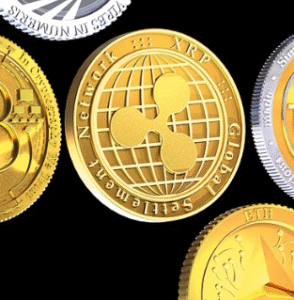$MSGE $BTC $LYV
#London #SomersetHouse #CulturalCenter #ArtInvestments #RealEstate #Entrepreneurship #UKEconomy #CryptoInvestors #DigitalArt #EventManagement #CreativeEconomy #ArtistSupport
Somerset House, an iconic historical structure in the heart of London, has long held a dual identity, balancing its regal legacy with its modern adaptation as a cultural powerhouse. While many recognize it for its famous winter ice rink or summer movie nights under the stars, fewer may realize that it also operates as an ever-evolving creative hub for hundreds of resident artists. Currently marking its growth as a cultural center over the past two decades, it has continually redefined itself to cater to London’s dynamic cultural and economic landscape. By 2025, Somerset House will celebrate 25 years as a place where art, history, and commerce converge. This resurgence points to its role as more than just an arts venue; it also signifies its potential as a strategic real-estate asset and revenue-generating institution.
For investors keeping an eye on this transformation, the growing prominence of privately funded cultural centers like Somerset House highlights how art and creative spaces are becoming lucrative ventures within London’s high-value real estate market. Institutional backers who combine arts-oriented philanthropy with strategic property management view such establishments as long-term economic plays. This includes how these arts-focused spaces draw significant foot traffic, generate ticket sales for events, attract influential sponsorships, and enhance the cultural appeal of their surrounding neighborhoods to boost real estate values. Indirect market beneficiaries could even include luxury entertainment companies like $MSGE and $LYV, which aim to capitalize on iconic venues by designing high-yield event experiences. These developments underscore how cultural innovations can align with strong investor returns when positioned strategically.
In light of the global economic uncertainty, Somerset House also demonstrates a notable shift in how governments and institutions sustain arts centers. Funding challenges over the years have increasingly led to diversified revenue strategies, incorporating crypto and digital economies. For instance, non-fungible tokens (NFTs), digital installations, and crypto-backed philanthropic campaigns could represent new growth streams, engaging a younger demographic of artists and investors. Cryptocurrencies like $BTC, whose prices are often correlated with tech-adopting industries, could largely shape the future of creative economy spaces like Somerset House. The adaptability of such hybrid financial models could act as an actionable blueprint for similar venues worldwide.
As Somerset House looks toward 2025 to celebrate its cultural legacy, its future appears equally tied to London’s broader creative economy. The center not only contributes artistically but also economically, offering jobs to artists, event planners, and retail vendors who depend on its active calendar year-round. This model reflects London’s ability to harmonize old-world charm with modern financial innovation, appealing not only to creative professionals but also to entrepreneurs, developers, and investors looking for sustainable partnerships. Whether through live events, immersive art projects, or expanded digital engagement, Somerset House’s evolution serves as a prime example of how the cultural and financial sectors can intersect to redefine urban economies for the 21st century.






Comments are closed.